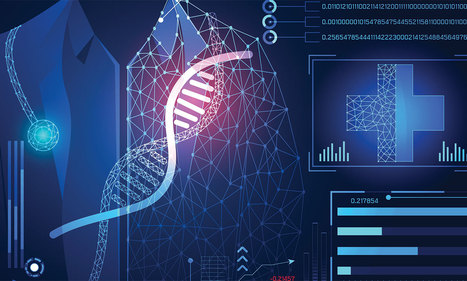BrainNet provides the first multi-person brain-to-brain interface which allows a nonthreatening direct collaboration between human brains. It can help small teams collaborate to solve a range of tasks using direct brain-to-brain communication.
How does BrainNet operate?
The noninvasive interface combines electroencephalography (EEG) to record brain signals and transcranial magnetic stimulation (TMS) to deliver the required information to the brain. F
For now, the interface allows three human subjects to collaborate, handle and solve a task using direct brain-to-brain communication.
Two out of three human subjects are “Senders”.
The senders’ brain signals are decoded using real-time EEG data analysis. This technique allows extracting decisions which are vital in communicating in order to solve the required challenges.
Let’s take an example of a Tetris-like game–where you need quick decisions to decide whether to rotate a block or drop as it is in order to fill a line.
The senders’ signals (decisions) are transmitted to the third subject human brain via the Internet, the “Receiver” in this case.
The decisions are sent to the receiver brain via magnetic stimulation of the occipital cortex.
The receiver can’t see the game screen to decide if the rotation of the block is required.
The receiver integrates the decisions received and makes an informed call using an EEG interface regarding turning the position of the block or keeping it in the same position.
The second round of the game allows the senders to validate the previous move and provide the necessary feedback to the receiver’s action.



 Your new post is loading...
Your new post is loading...












